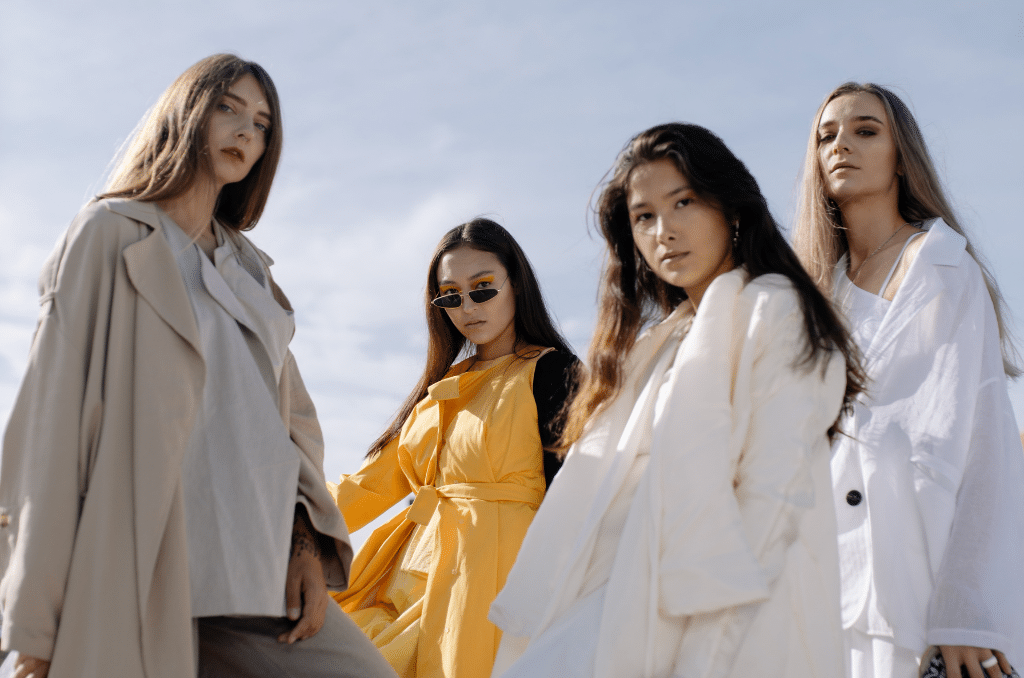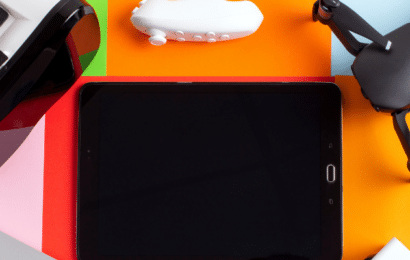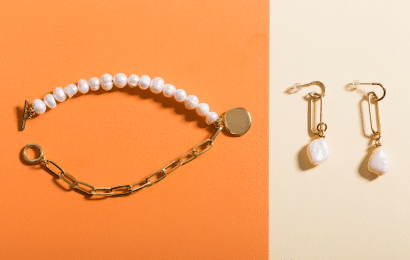Fashion is a ubiquitous aspect of our lives, shaping not only the way we present ourselves to the world but also influencing how others perceive us. The psychology of fashion delves into the intricate relationship between apparel and accessories, and human perception, exploring the profound impact they have on our thoughts, emotions, and behavior. From the colors and styles we choose to the brands we wear, every sartorial choice sends subtle messages about our personality, social status, and even our mood. This captivating interplay between fashion and perception has intrigued researchers and fashion enthusiasts alike, as it unveils a fascinating realm where external appearance profoundly affects our internal cognition and the way we interact with the world around us. This exploration into the psychology of fashion promises to unravel the complex layers of the human psyche that lie beneath the fabric and the accessories we adorn, ultimately revealing how clothing goes beyond merely being a style statement, transforming into a powerful language that communicates our identity to others.

How Apparel and Accessories Choices Affect Our Psychological Outlook:
Nonverbal Communication:
Clothing and accessories serve as a form of nonverbal communication, allowing individuals to express their identity, personality, and emotions without saying a word. The choice of colors, patterns, and styles can convey messages about one’s confidence, social status, and even cultural affiliations, shaping how others perceive them.
First Impressions:
The way we dress significantly impacts the first impressions we make on others. Research has shown that people form initial judgments about someone’s personality traits, like trustworthiness, competence, and friendliness, based on their appearance within a matter of seconds. This makes fashion a potent tool for crafting the image we want to project to the world.
Social Influence:
Fashion trends and norms are heavily influenced by social factors, including cultural values, peer groups, and media representations. Adapting to prevailing fashion trends can lead to a sense of belonging and conformity, while deviating from them may signal individuality or rebellion against societal norms.
Self-Perception:
Clothing can also influence our self-perception and self-esteem. Wearing attire that aligns with our self-concept and desired identity can boost confidence and self-assurance. Conversely, mismatched or ill-fitting clothes may lead to feelings of discomfort and self-consciousness.
Enclothed Cognition:
The concept of “enclothed cognition” suggests that the clothes we wear can influence our cognitive processes and behavior. Studies have demonstrated that wearing clothing associated with certain attributes (e.g., lab coats and intelligence) can enhance performance in related tasks, highlighting the link between attire and cognitive associations.
Stereotyping and Bias:
Unfortunately, fashion can also perpetuate stereotypes and biases. Certain clothing styles or accessories may be associated with specific social or cultural groups, leading to unfair judgments and prejudice. For example, someone wearing expensive designer clothes may be perceived as wealthy and successful, while a person in casual attire may be perceived as more laid-back or approachable.
Mood and Emotions:
Clothing can impact our mood and emotional state. Studies suggest that wearing bright and colorful outfits may lead to more positive emotions, while darker colors might evoke a sense of seriousness or melancholy. Moreover, sentimental attachment to particular clothes or accessories can evoke memories and emotions associated with past experiences.
Bottom line:
The psychology of fashion delves into the intricate relationship between apparel and accessories, and human perception, showcasing how clothing serves as a potent form of nonverbal communication, allowing individuals to express their identity, personality, and emotions to the world. The way we dress significantly influences the first impressions we make on others, leading them to form judgments about our personality traits and social status within seconds. Moreover, fashion trends and norms are heavily influenced by social factors, and adhering to or deviating from them can shape a sense of belonging, conformity, or individuality. Furthermore, clothing can impact our self-perception and self-esteem, with attire that aligns with our self-concept boosting confidence, while mismatched or ill-fitting clothes may lead to discomfort and self-consciousness.
The concept of “enclothed cognition” also demonstrates that the clothes we wear can influence our cognitive processes and behavior. However, fashion can also perpetuate stereotypes and biases, as certain clothing styles may lead to unfair judgments and prejudice. Beyond these aspects, clothing can influence our mood and emotions, with colors and styles evoking different emotional responses. In conclusion, fashion is a powerful language that communicates our identity to others and affects how we perceive ourselves and interact with the world, making the psychology of fashion an intriguing exploration into the deeper layers of the human psyche that lie beneath the fabric and accessories we adorn.









